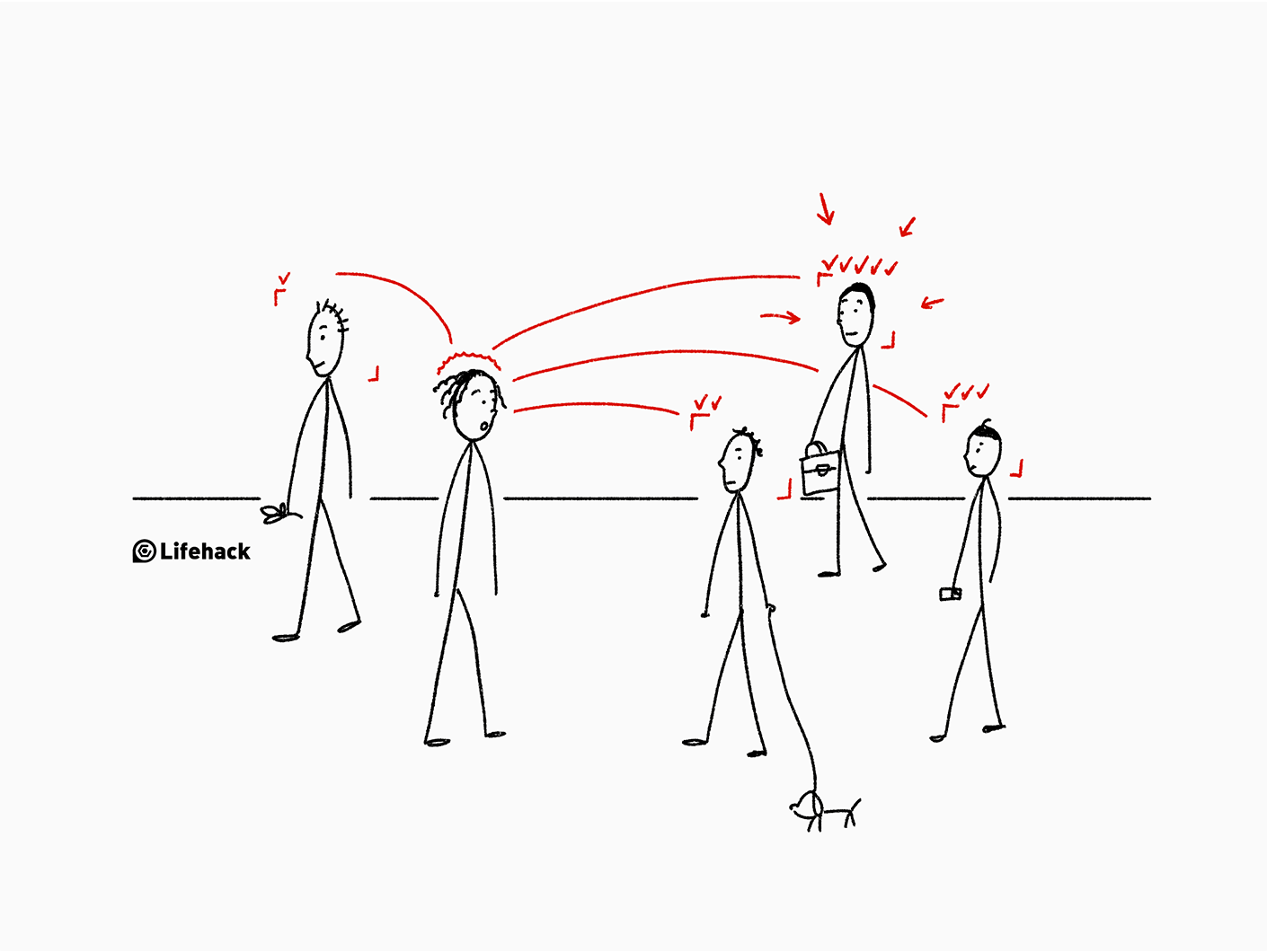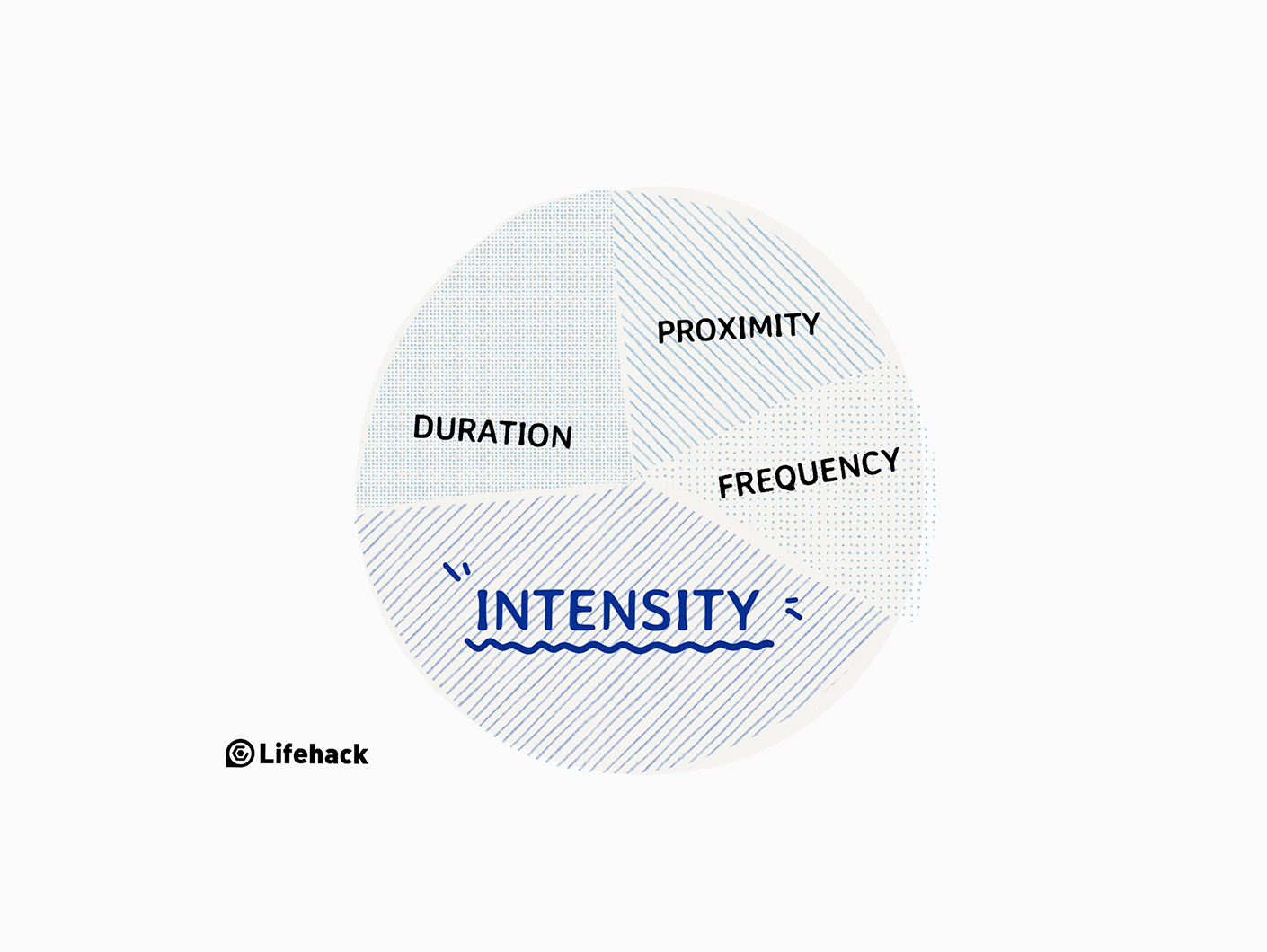Meet Jesse. Jesse is a friendly person. She has just moved to a new apartment in New York City. She’s excited, but nervous because she doesn’t really know anyone in the area. As soon as she moves in, she strikes up a conversation with her neighbor. It didn’t go as smoothly as she planned, and the conversation ended awkwardly. Jesse is embarrassed about it, so she tries again with a different subject. Still, the neighbor seems disinterested in a conversation with Jesse.
Jesse is frustrated and hurt. But she can’t see that the neighbor was intimidated and irritated because of her aggressive attempts at conversation so soon.
So what can we do to avoid falling into this trap of being aggressive to others when all we want is just to be friendly?
Dr. Jack Schafer, a retired FBI agent, introduced the Friendship Formula in the book, The Like Switch. Schafer was assigned to the FBI’s National Security Behavioral Analysis Program, so he’s an expert on human behavior and interactions. Here’s the formula:
Friendship = Proximity + Frequency + Duration + Intensity
The elements in the formula help you to decide whether someone can be your friend. Our brains have something we’ll refer to as a territory scan. When we access this part of our brain, we’re assessing whether someone we’re talking to could be our friend. This scan sends messages to our brain while processing the information needed to assess, among other things, if any given individual in our range of observation should be ignored, approached, or avoided entirely.
Let’s take a look at each element of the formula.
Proximity
Proximity refers to the distance between you and another individual as it relates to your exposure to that individual. This can be anything from shared space to shared context. Proximity can be built by being close to someone as you stay silent and by their side. This quiet action can make the other person feel comfortable and non-threatening.
Frequency and Duration
The number of contacts you have with another individual over time is the frequency and duration in which you interact with them, as well as the length of time you spend with them.
For example, the more time parents spend with their children, the more likely the parents will be able to influence them. Therefore, if parental duration is lacking, the children tend to spend more time with their friends, including, in extreme cases, gang members.
Intensity
How strongly you are able to satisfy another person’s psychological and/or physical needs through the use of verbal and nonverbal behaviors is intensity. It also includes the interaction during the time spent with someone. Some couples have an issue with intensity. Maybe they spend time together every weekend for a few hours, but they don’t interact much with each other and choose to focus their attention to their cell phones. This leads to lessened intensity and can slowly make the couple less intimate.
Essentially, the more time you spend with someone, the more they will like you. And the more intense (deep) those interactions are, the more they will like you.
Take the relationship of a married couple. If they are too busy and don’t spend quality time together, they are failing at frequency and duration. To compensate, they’ll need a higher intensity/deeper connections/interactions.
Use the Formula to Make Friends
If there’s someone you want to know, or befriend, start by increasing your proximity with them. Be around that person, but not in an obvious or over-attentive way. The goal is to become familiar to them so that they are comfortable with you being around. Slowly increase the frequency of time you are around that person.
Once you’ve increased the amount of time you’re around, extend the duration of time spent. There can be some intensity (light, pleasant conversation), but after some time you can delve into some deeper topics. This is also a great way to make friends and break the ice when you have a new place to work or interact with someone at a party.
Use this formula too if you’re trying to maintain a good friendship. You can learn more tips about how to stay friends with your best mates in my other article: Friends Don’t Have to Grow Apart as You Grow Older
Take It Slowly
The next time you meet someone new and feel like jumping into conversation, pump the breaks. While being overzealous in life can sometimes be a good thing; when it comes to friendships, it’s best to take it slow. While meeting new people can be exciting, if not a little nerve-racking, the Friendship Formula can help you master true connections.
If you enjoy this article, make sure to check out The Like Switch to learn more. Find it here.
















































